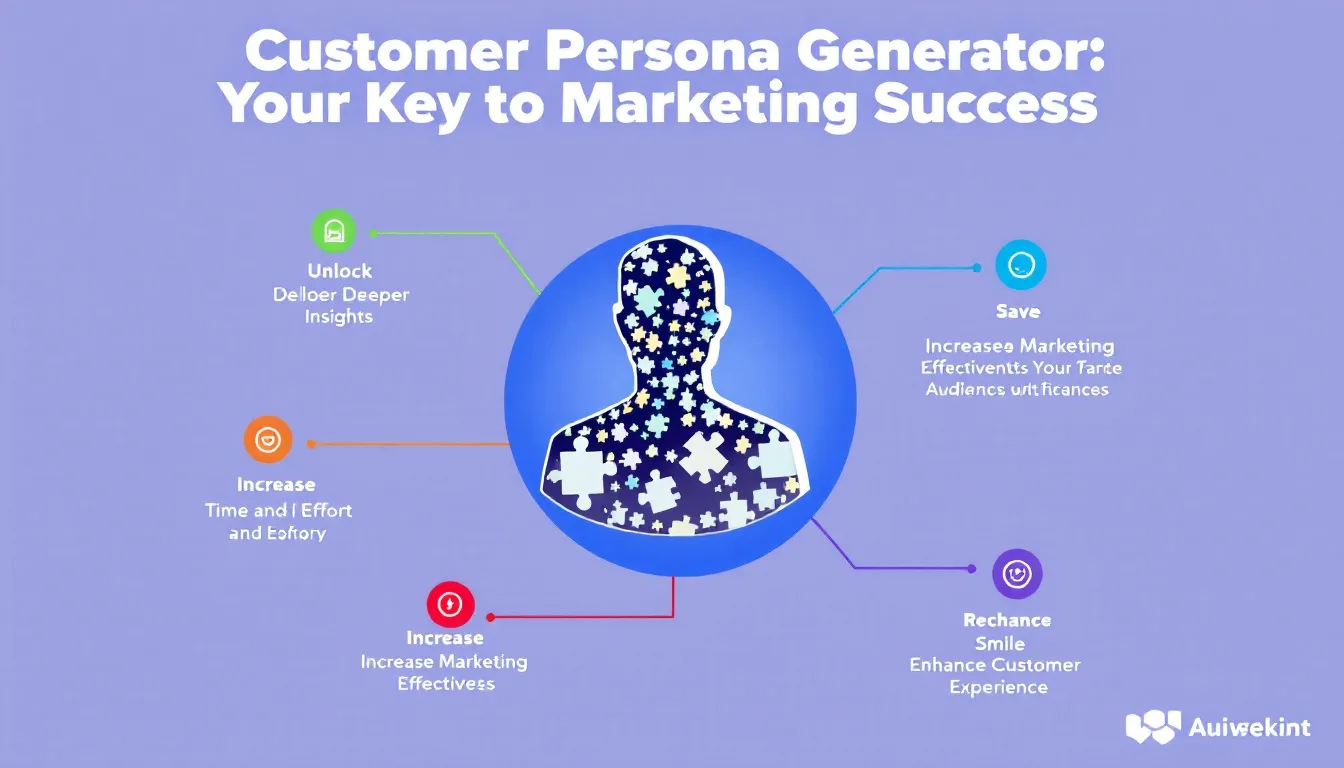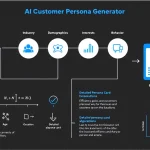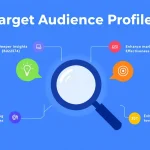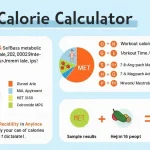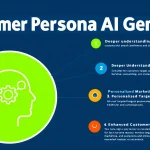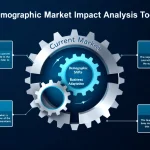Customer Persona Generator
Generating persona...
Is this tool helpful?
How to Use the Customer Persona Generator Effectively
Follow these steps to create detailed customer personas that target your ideal audience precisely:
- Specify the Product or Service: Enter the exact product or service you want to create a customer persona for. Examples include “Subscription-based eco-friendly clothing line” or “Online language learning platform.”
- Provide Key Demographics: Fill in details about your target customer’s age, gender, location, and other demographics. For example, “40-60 years old, mainly female, rural areas in Australia” or “22-35 years old, diverse gender representation, urban centers in South America.”
- Add Psychographic Details: Describe the interests, challenges, values, and goals related to your product or service. Sample inputs include “Busy parents prioritizing convenience and quality time” or “Young professionals passionate about career growth and financial independence.”
- Include Industry Trends (Optional): Highlight market shifts or consumer behavior changes that might influence your persona. For instance, “Rising demand for personalized wellness programs” or “Growing adoption of virtual reality in education.”
- Generate the Persona: Once all necessary fields are completed, click the generate button. The tool processes your inputs to create a detailed customer persona tailored to your needs.
- Review and Use the Persona: Examine the generated persona carefully. Use the insights provided to guide your marketing strategies, product design, or customer engagement efforts.
Customer Persona Generator: Definition, Purpose, and Benefits
What Is a Customer Persona?
A customer persona is a detailed, semi-fictional profile that represents your ideal customer. It captures essential demographic information as well as psychographic insights like motivations, habits, and challenges. These profiles help you understand your audience deeply and tailor your marketing and product efforts accordingly.
Purpose of the Customer Persona Generator
This AI-powered generator streamlines the creation of comprehensive and realistic customer personas. By automating data synthesis, it helps businesses turn raw input about their target market into actionable, clear profiles without time-consuming manual research. The tool aims to:
- Combine your inputs into a detailed, coherent customer profile
- Leverage marketing expertise embedded in the AI for sharp insights
- Maintain consistency across different personas and products
- Produce easy-to-understand, shareable personas for team alignment
- Save time and reduce costs linked with traditional market research
Benefits of Using This Customer Persona Generator
- Save Time: Generate comprehensive personas in minutes rather than weeks, accelerating your marketing and development cycles.
- Ensure Consistency: Use a uniform framework for all personas, aiding clear comparison and communication across teams.
- Gain Deeper Insights: The AI uncovers subtle customer behaviors and motivations that might be missed in manual profiling.
- Stay Adaptable: Quickly update or create new personas as market conditions or products change.
- Make Better Decisions: Use detailed personas to guide product features, marketing messages, and customer service plans.
- Align Your Team: Provide a shared, detailed customer picture that unites marketing, sales, and product teams around common goals.
- Reduce Costs: Minimize expensive research and consultations needed for persona development.
Practical Uses of the Customer Persona Generator
This tool applies across multiple business areas where understanding customers is essential. Here are practical examples of how you can use it:
1. Product Development
Define personas like “Active Retiree Ellen” to identify features that appeal to specific user groups. Insights about Ellen’s lifestyle and preferences can guide design choices to meet her needs.
2. Marketing Campaigns
Create targeted personas such as “Budget-Conscious Student Liam.” Tailor your advertising and messaging to resonate with Liam’s priorities and habits.
3. Customer Support
Develop personas representing different customer types, for example, “Tech-Phobic Senior Susan,” to customize your support approaches effectively.
4. Content Strategy
Use personas like “Research-Focused Analyst Amir” to shape content topics, formats, and channels, boosting engagement and relevance.
5. User Experience (UX) Design
Persona insights, such as “Time-Poor Freelancer Felix,” help prioritize features and interface designs catering to specific user behaviors.
6. Sales Training
Generate personas like “Decision-Maker Dana” to prepare your sales team with an in-depth understanding of client motivations and objections.
7. Market Expansion
Develop personas tailored to new geographic or demographic markets, such as “Health-Conscious Parent Harper,” to adapt your business approach effectively.
8. Influencer Partnerships
Identify influencer audience personas that match your target customer, allowing precise collaboration and promotion strategies.
Important Disclaimer
The calculations, results, and content provided by our tools are not guaranteed to be accurate, complete, or reliable. Users are responsible for verifying and interpreting the results. Our content and tools may contain errors, biases, or inconsistencies. Do not enter personal data, sensitive information, or personally identifiable information in our web forms or tools. Such data entry violates our terms of service and may result in unauthorized disclosure to third parties. We reserve the right to save inputs and outputs from our tools for the purposes of error debugging, bias identification, and performance improvement. External companies providing AI models used in our tools may also save and process data in accordance with their own policies. By using our tools, you consent to this data collection and processing. We reserve the right to limit the usage of our tools based on current usability factors.
